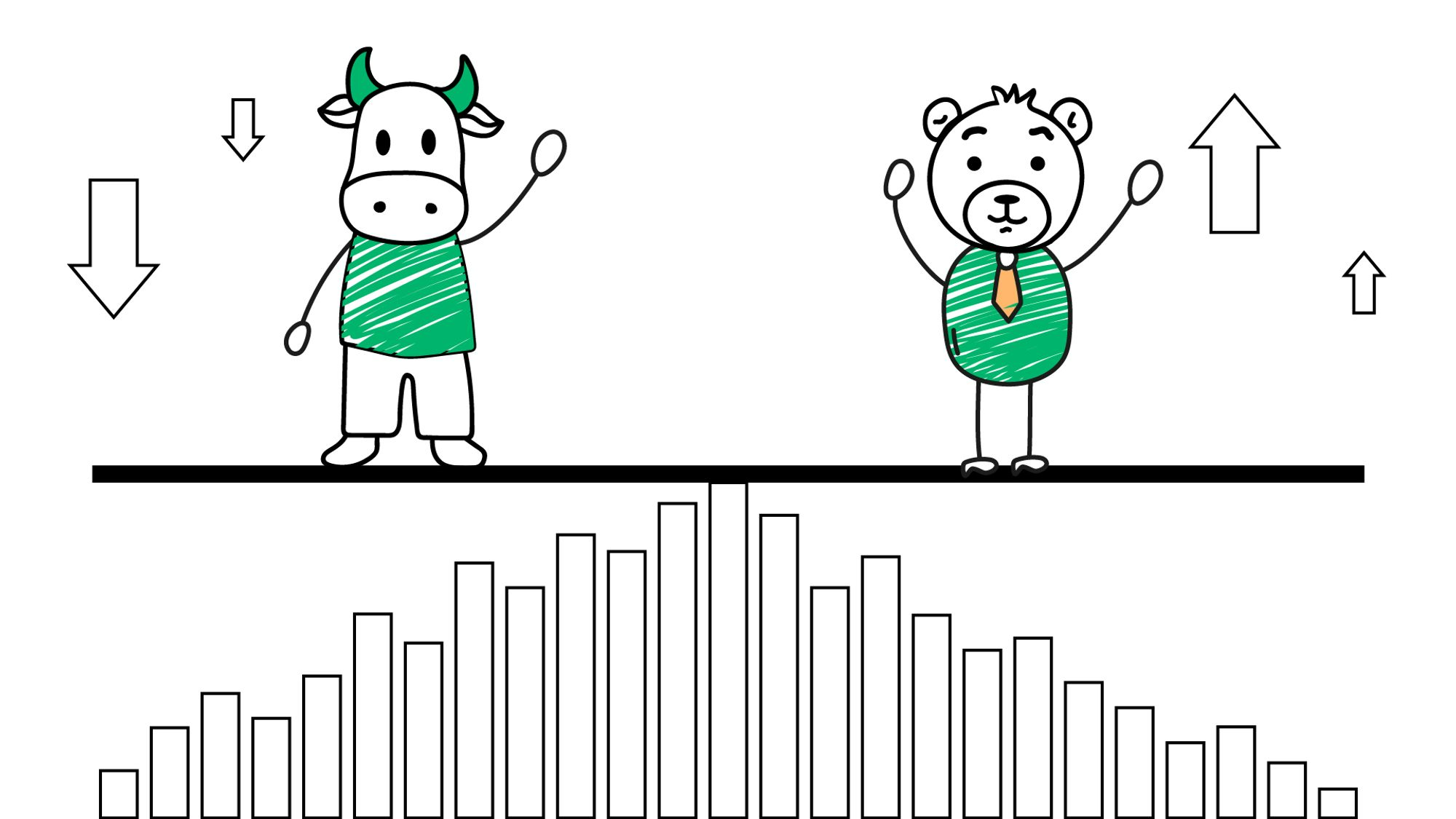Long and Short Strangle Strategy

Options trading can be an exciting way to invest in the stock market. While buying a call or put option can be a straightforward way to make a bet on the direction of the underlying stock, options traders also use more complex strategies such as strangles to profit from volatility. This article will explore the long and short-strangle strategies, their mechanics, risks, and potential rewards.
What is a Strangle Strategy?
A strangle is an options trading strategy that involves buying or selling both a call option and a put option with the same expiration date but different strike prices. The goal of a strangle is to profit from a significant price movement in the underlying stock, regardless of whether the move is up or down.
A long strangle involves buying a call option and a put option with the same expiration date but different strike prices. The trader expects a significant price movement in either direction, which will cause the value of one of the options to increase more than enough to offset the cost of both options. The risk in a long strangle is limited to the total cost of both options.
A short strangle involves selling a call option and a put option with the same expiration date but different strike prices. The trader expects the price of the underlying stock to remain within a certain range so that both options expire out of the money and become worthless. The profit in a short strangle is limited to the total premium received from selling both options, but the risk is unlimited if the stock price moves too far in either direction.
Long Strangle Strategy
In a long strangle strategy, a trader buys a call option with a higher strike price and a put option with a lower strike price, both with the same expiration date. The idea is to take advantage of the volatility in the stock and earn profits when the stock moves in either direction. Let's say, for example, that a trader believes that a particular stock currently trading at INR 100 will move significantly over the next month. The trader can buy a call option with a strike price of INR 110 and a put option with a strike price of INR 90, both expiring in one month. If the stock rises above INR 110, the trader can exercise the call option and earn profits. Similarly, if the stock falls below INR 90, the trader can exercise the put option and earn profits. If the stock price remains between the two strike prices, both options will expire worthless, and the trader will lose the premium paid to buy the options.
The maximum profit potential of a long strangle is unlimited, as the trader can earn profits in either direction. However, the maximum loss potential is limited to the total premium paid for both options. The long strangle strategy works best when the stock is expected to experience significant price movements, but the direction of the movement is uncertain.
Short Strangle Strategy
In a short strangle strategy, a trader sells a call option with a higher strike price and a put option with a lower strike price, both with the same expiration date. The idea is to earn profits by collecting the premiums from both options, provided the stock price remains within a certain range. Let's say, for example, that a trader believes that a particular stock currently trading at INR 100 will remain stable over the next month. The trader can sell a call option with a strike price of INR 110 and a put option with a strike price of INR 90, both expiring in one month. If the stock price remains between the two strike prices, both options will expire worthless, and the trader will earn the premium received for selling the options. However, the trader will face unlimited losses if the stock price moves above INR 110 or below INR 90.
The maximum profit potential of a short strangle is limited to the total premium received for selling both options. However, the maximum loss potential is unlimited if the stock price moves too far in either direction. The short-strangle strategy works best when the stock is expected to remain stable within a certain range.
Risks and Rewards
Both long and short-strangle strategies have their risks and rewards. The long-strangle strategy offers unlimited profit potential, but the maximum loss potential is limited to the total premium paid for both options. On the other hand, the short strangle strategy offers limited profit potential, but the maximum loss potential is unlimited if the stock price moves too far in either direction.
The choice of strategy depends on the trader's outlook on the underlying stock and the level of risk that the trader is willing to take. A long strangle strategy is suitable for traders who expect significant price movements in the underlying stock, but are uncertain about the direction of the movement. A short strangle strategy is suitable for traders who expect the underlying stock to remain stable within a certain range.
Example
Let's take an example to understand the long and short-strangle strategies in detail. Suppose that a trader believes that a particular stock currently trading at INR 100 will experience significant price movements over the next month. The trader can use a long strangle strategy by buying a call option with a strike price of INR 110 and a put option with a strike price of INR 90, both expiring in one month. The total premium paid for both options is INR 10. If the stock price rises above INR 110, the trader can exercise the call option and earn profits. Similarly, if the stock price falls below INR 90, the trader can exercise the put option and earn profits. If the stock price remains between the two strike prices, both options will expire worthless, and the trader will lose the premium paid to buy the options.
Now, let's assume that the same trader believes that the stock will remain stable within a certain range over the next month. The trader can use a short strangle strategy by selling a call option with a strike price of INR 110 and a put option with a strike price of INR 90, both expiring in one month. The total premium received for selling both options is INR 10. If the stock price remains between the two strike prices, both options will expire worthless, and the trader will earn the premium received for selling the options. However, if the stock price moves above INR 110 or below INR 90, the trader will face unlimited losses.
Conclusion
In summary, the long and short strangle strategies are options trading strategies that allow traders to profit from volatility in the stock market. The long strangle strategy involves buying a call option and a put option with different strike prices, while the short strangle strategy involves selling a call option and a put option with different strike prices. Both strategies have their risks and rewards, and traders should choose the strategy that best fits their outlook on the underlying stock and their level of risk tolerance.
Learn Option series next reads:



